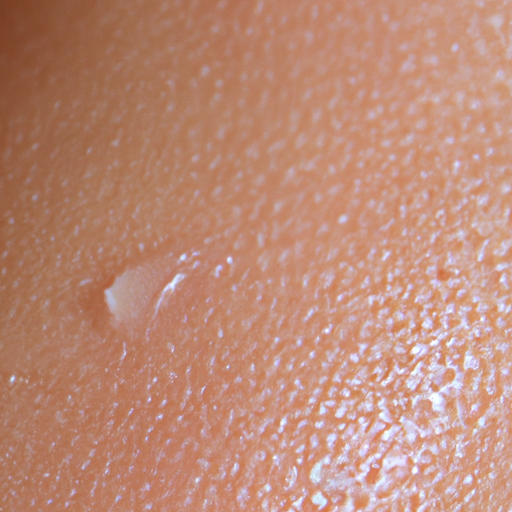As a dermatologist, I often encounter patients who are frustrated with their oily skin. The glossy shine, enlarged pores, and frequent breakouts can be challenging to manage. However, understanding the causes and symptoms of oily skin can help in finding the right treatment and managing the condition effectively.
Oily skin is primarily caused by overactive sebaceous glands. These glands, located beneath the skin’s surface, produce sebum, an oily substance that helps keep the skin hydrated and healthy. However, when these glands produce too much sebum, it leads to oily skin.
Several factors can trigger overproduction of sebum. Genetics plays a significant role; if your parents have oily skin, you’re likely to have it too. Hormonal changes or imbalances, often during puberty, pregnancy, or menstruation, can also increase sebum production. Stress and hot, humid weather conditions can stimulate the sebaceous glands as well.
Moreover, certain lifestyle habits and choices can contribute to oily skin. Using harsh skincare products that strip your skin of its natural oils can cause your skin to overcompensate by producing more oil. Similarly, a diet high in sugars and fats can stimulate oil production.
Recognizing the symptoms of oily skin is the first step towards managing it. The most obvious sign is a shiny or greasy appearance. Oily skin often looks thick, coarse, and shiny, with enlarged pores. You may also notice blackheads, pimples, or other types of acne. These occur when excess oil clogs the pores, leading to inflammation and bacterial growth.
The skin may feel greasy to touch, especially in the T-zone – the forehead, nose, and chin. Makeup may not stay on as it should and might slide off or disappear after a few hours. You might find blotting papers and mattifying powders becoming your best friends to control the shine throughout the day.
While oily skin can be frustrating, it’s essential to remember that sebum isn’t all bad. It protects your skin from environmental damage, keeps it moisturized, and maintains its elasticity. The key is to strike a balance – you want your skin to produce enough sebum to keep it healthy, but not so much that it becomes oily and prone to breakouts.
Managing oily skin begins with a suitable skincare routine. Use a gentle, oil-free cleanser twice a day to remove excess oil without stripping your skin of its natural moisture. Exfoliate once or twice a week to unclog pores and remove dead skin cells. Use non-comedogenic products that won’t clog your pores and opt for oil-free moisturizers and makeup.
Remember, everyone’s skin is different. What works for one person may not work for another. If you’re struggling with oily skin and over-the-counter products aren’t helping, it’s worth seeking professional help. A dermatologist can assess your skin type, identify the causes of your oily skin, and recommend treatments or products specifically tailored to your needs.
In conclusion, while oily skin can be challenging to manage, understanding its causes and symptoms can help you find the right treatment. With the right skincare routine and lifestyle changes, you can reduce excess oil, prevent breakouts, and achieve a healthy, radiant complexion.




